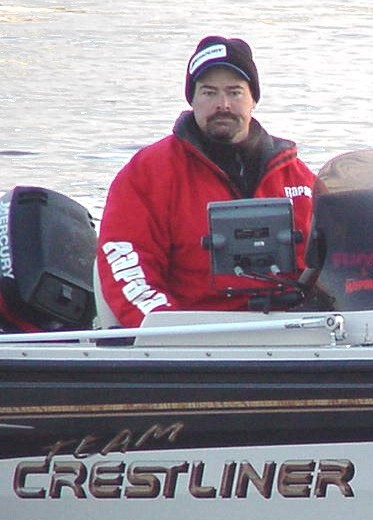Pre-ice ‘eyes

Winter fishing yields trophy walleyes
Don’t put away your open-water walleye gear until you try your luck at hooking big ‘eyes before ice-up. Sure, most anglers are done for the season, waiting instead for ice fishing opportunities or even for the spring run. But the savvy angler will take a whack at trophy walleyes before winter settles in.
“I would have to say fall would be my favorite time of year to fish, that is, if you can pick your days,” said Crestliner pro Rick Olson of Mina Lake, S.D. “The closer it is to ice-up, the better the fishing can be.
“I primarily fish reservoirs and natural lakes this time of year,” Olson said. “The nice thing about fall fishing is it most definitely is the best time of year to catch trophy-size fish as well as numbers of nice-sized fish.”
Olson credits the moon for his fall fishing success.
“I live on a small 1,000-acre reservoir where I have caught more than 100 walleyes over 8 pounds,” said Olson. “So many of these fish have been caught during a moon-phase period that I strictly concentrate my trophy fishing around the moon. You basically have about 14 days of lunar influence each month. Three days before until three days after each full moon and dark moon. I can’t stress enough the importance of lunar influence for catching trophy fish during the fall.”
When you are fishing for walleyes in reservoirs, locate areas where a river channel runs close to shore or the channel runs up next to a shallow flat, especially an area of the channel with a bend in it. This type of structure can be a walleye magnet. Current areas are also very important. Structures like bridges or any narrows or points can often be prime areas to fish current in a reservoir.
If you are fishing natural lakes, look for the deepest water in the lake and concentrate your efforts in that area. Look for rock piles, submerged islands or points jutting out to the deep water. This time of year the fish will often use the entire water column. During cool, windy days, the fish will generally be deep, 20 to 40 feet. During unseasonably warm days, the fish can be up in the shallow water all day. When evening comes, the fish tend to move shallow and will remain there throughout the night.
Olson suggests basic presentations to fool late-fall walleyes.
“My daytime presentations will be a lead-head jig tipped with a minnow or a live-bait rig with a 5- to 7-foot snell tipped with a minnow,” said Olson. “If you’re strictly after trophy-size fish, you want to increase the size of your bait. I like large chubs, 4- to 6-inchers. Crankbaits will take their share of fish also and will work both during the day or night. I will use Down Deep Husky Jerks during the day and switch to shallow-running Rapala original floaters or Husky Jerks at night.”